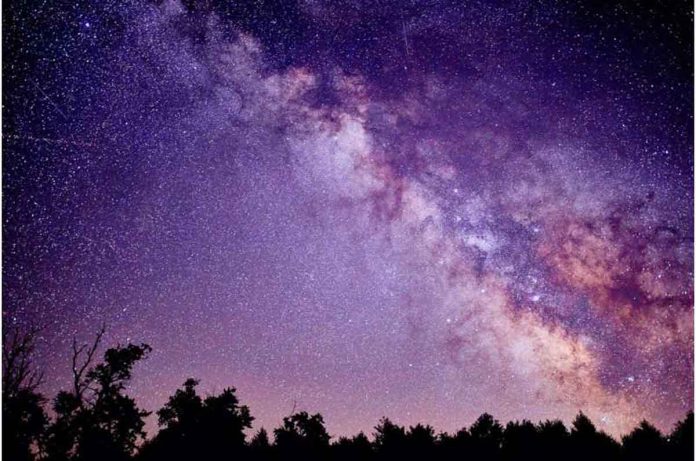A team of researchers from multiple institutions in the United States discovered that the metal content of Fermi bubble high-velocity clouds does not match material in the Milky Way’s galactic centre, implying that at least some of the material originated elsewhere. The group describes their analysis of cloud composition and conclusions in a paper published in the journal Nature Astronomy.
Previous research has revealed that massive lobes of plasma extend above and below the galactic plane that makes up the Milky Way galaxy. Prior research has also suggested that the lobes are globular gas formations, earning them the moniker “Fermi bubbles.” More recent research has suggested that gas cloud formations inside the bubbles, dubbed Fermi bubble high-velocity clouds, exist (FB HVCs).
The researchers note in the current study that little research has been done on the makeup of FB HVCs, despite the fact that many in the space science community have assumed they are made of material flung off from starry discs near the bubbles or material flung out of the black hole at the centre of the galaxy. The researchers examined the FB HVCs more closely in this new study to learn more about their composition.
The researchers’ primary goal was to determine the metal ratios in the clouds—if the ratios matched other material in the area, it could help confirm theories that suggest such a localised origin. If no match was found, new theories would have to be developed to explain where they came from.
The researchers discovered that there was no match in many cases when analysing both new and archival data from multiple telescopes collected as part of the study of the clouds, indicating that at least some of the material in the clouds had to have come from more distant places—perhaps as far away as the halo, which is the cloud of gases that surrounds the galaxy. According to the researchers, there are numerous possibilities that could necessitate years of research.

